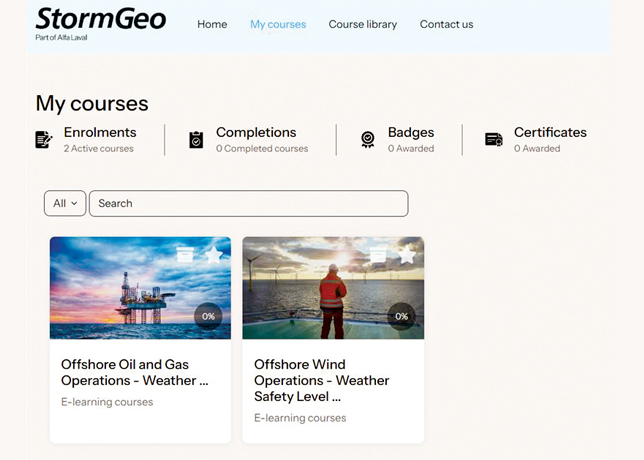
 Mohamed Mysara
Mohamed Mysara
By leveraging SAS Workforce Analytics, UAE firms can help the country position itself as a global leader in talent development, writes Mohamed Mysara, Public Sector Principal Business Solutions Manager
As the UAE accelerates its digital transformation through national initiatives like UAE Vision 2031, UAE Centennial 2071, and the Fourth Industrial Revolution Strategy, workforce planning has become one of the country’s top priorities.
The increasing reliance on AI, automation, and digital technologies is reshaping labour market demands, requiring businesses and governments to rethink how they develop and retain talent.
Without a data-driven approach, talent shortages in high-demand sectors such as AI, cybersecurity, and renewable energy could hinder long-term economic growth.
At the same time, Emiratisation policies add complexity, as organisations must balance national workforce development with economic competitiveness.
The job market is evolving at an unprecedented pace, automation is redefining required skill sets, and high workforce mobility is making talent retention more challenging.
Workforce analytics enables governments and businesses to make data-driven decisions about talent development, economic policy, and labour market optimisation.
SAS Workforce Analytics harnesses AI-powered predictive modelling to help organisations anticipate skill shortages, align educational programmes with industry demands, and develop long-term workforce strategies.
By integrating data across sectors–education, healthcare, security, and the economy–workforce analytics provides a holistic view of current capabilities and future needs.
Educational data, for example, can be used to forecast labour supply based on graduation rates and specialisation trends.
Meanwhile, healthcare and demographic insights help predict future demand for medical professionals, and security agencies can assess the growing need for digital forensic experts to combat cybercrime.
These insights enable governments to design evidence-based policies that ensure alignment between education, workforce trends, and national economic goals.
Beyond identifying skill gaps, AI-driven workforce analytics plays a critical role in shaping national policies.
Governments can use data insights to drive educational reforms, develop smart immigration policies, and refine retention strategies for high-skilled professionals.
Workforce analytics enables policymakers to assess its impact and refine future initiatives to ensure long-term benefits for the economy.
Collaboration between government, academia, and the private sector is key to building a sustainable talent pipeline.
University partnerships help bridge the gap between education and labour market needs, ensuring that graduates are equipped with the skills required in the evolving job market.
By leveraging AI-driven insights, organisations can take a proactive approach to workforce planning, ensuring they attract, develop, and retain top talent.
Workforce analytics is one of the use cases developed under the SAS D[n]A Factory initiative, where a local team delivers targeted solutions designed to enhance the UAE’s competitive edge in priority sectors through the deployment of AI.
These use cases are tailored to address specific industry needs within the region, and SAS Workforce Analytics is recognised as an area with significant potential to shape the future of the workforce.
With over 40 years of experience working with personnel departments around the world, SAS has enabled numerous applications of Workforce Analytics in both the public and private sectors.
In its first fiscal year, the organisation saved $2.2 million and ensured better shift coverage, resulting in happier staff and improved patient satisfaction.
By leveraging predictive analytics, companies can forecast employee attrition, identify high-potential talent, and design targeted retention strategies.
As AI and machine learning reshape workforce analytics, organisations are moving toward a future where data-driven insights power faster, more strategic decision-making.
Real-time analytics will enable businesses to track workforce trends as they unfold, allowing them to anticipate skill shortages and adapt before gaps emerge.
Employee development will also become more personalised, with AI guiding career growth through tailored recommendations, while predictive models help businesses proactively address turnover risks and strengthen retention strategies.












































































